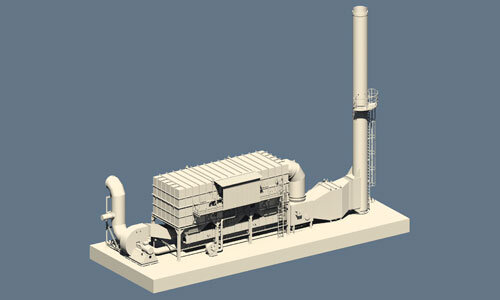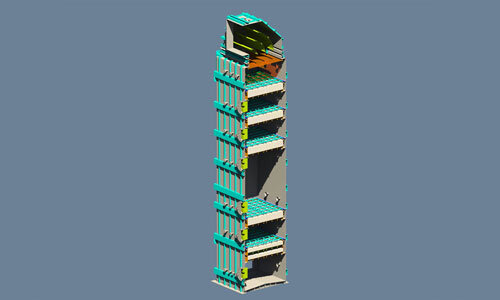Food & animal feed industry: industry outline
The food market is currently being influenced by the growing global awareness of "clean label" products, the increasing consumption of plant-based foods, the growing demand for regional products and the reduction of waste to a minimum - both in production and consumption. The global turnover is currently around 8.80 trillion euros and rising.
The animal feed industry segment has experienced enormous growth worldwide in recent years. The global turnover expected for 2024 is around 137 billion euros. The COVID-19 pandemic in particular has led to an increase in spending in this area. The main growth drivers are demographic change, the increasing number of single households and the significant rise in disposable income. Another important factor is the phenomenon of the "humanization of animals".
Both sectors are part of the agri-food industry and are influenced by factors such as demand, food trends, environmental awareness and legal requirements. Sustainability and ethical aspects are becoming increasingly important in both sectors.



